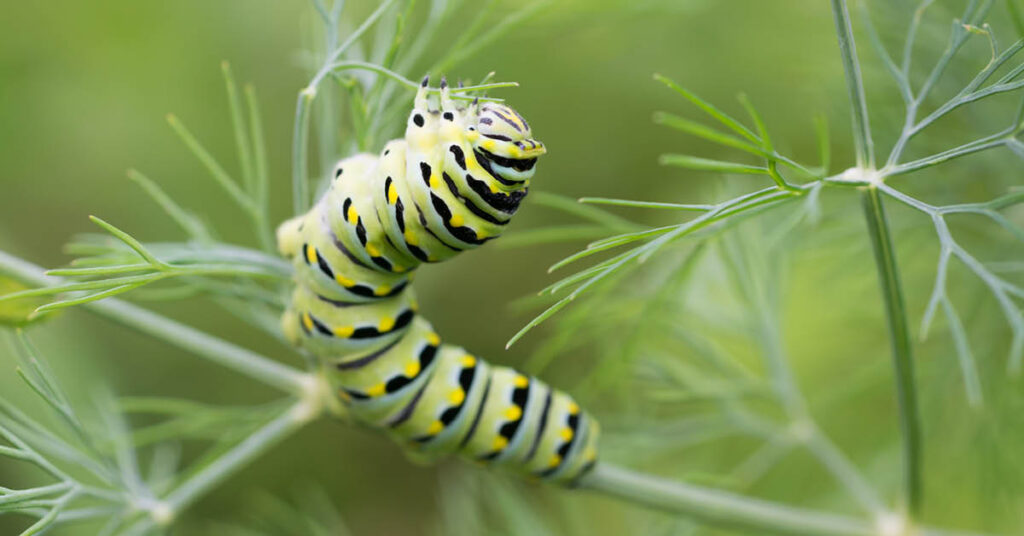Summer brings the return of garden pests, and for organic gardeners, it’s essential to keep a watchful eye on your plants. Identifying insects early, when their numbers are small, is key to preventing damage and maintaining a healthy garden.
1. Location is Key
Insects are usually drawn to specific plants, as these provide them with food and shelter. For example, leaf-eating larvae hatch from eggs laid on their preferred plants and remain there throughout their development. Even flying insects will return to their host plants after being disturbed.

2. Observe the Insect’s Behavior
One of the best ways to identify an insect is by how it interacts with the plant. Garden Insects of North America by Whitney Cranshaw categorizes insects based on their feeding habits—such as leaf chewers, fruit feeders, and root feeders. To narrow down the culprit, observe the damage patterns on the plants:
- Smooth-edged holes are often the work of slugs.
- Ragged patches suggest beetle larvae are at work.
- Precise circular cuts indicate leaf-cutter bees.
Also, take note of whether the insect is moving or stationary. Sucking insects and scale insects, for example, stay in place once they begin feeding. If you notice insect droppings (frass), don’t mistake them for pests. Some damage, such as leaf lesions caused by edema (overwatering), may appear pest-related but are natural plant responses.
3. What’s the Insect’s Role?
Ask yourself if the insect is causing harm or simply passing through. Winged adults are mobile and can leave and return, while larvae often stay close to where they were born. If you see a large cluster of insects—like aphids or potato beetle larvae—it’s likely they hatched together, often for protection.

4. Group Behavior
Insects often exhibit grouping behaviors. For example, Japanese beetles are notorious for gathering in large numbers, making it easy to knock them into a bucket of soapy water. Identifying this behavior can help you control infestations.
5. Look for Field Marks
Much like birdwatchers use field marks to identify birds, gardeners can use distinct features to recognize insects. A good camera helps, but don’t get discouraged by blurry shots—multiple images from various angles in good light will increase your chances of identifying the pest. Details like color patterns, size, and shape can be crucial in distinguishing one insect from another.

6. Insect Life Stages
Insects often undergo dramatic changes through their life cycles, making them hard to identify at first. For example, the nymph and adult stages of the four-lined plant bug look quite different, but both feed on herbs like mint and sage. Some insects, like the cabbage white butterfly and cabbage worm, are easier to identify, as the adult butterfly is highly visible. However, others, like the carrot maggot, might be harder to recognize without prior knowledge.
7. Use Identification Resources
If you’re still unsure about an insect, you can use resources like The Big Bug Hunt guides or online insect databases from universities. Providing detailed information, such as the insect’s appearance, behavior, and the damage it’s causing, will help you identify it more accurately.
By observing your plants carefully and utilizing identification tools, you’ll be well-equipped to handle the pests that visit your garden. Good luck with your summer gardening, and enjoy the process of learning about your insect guests!
